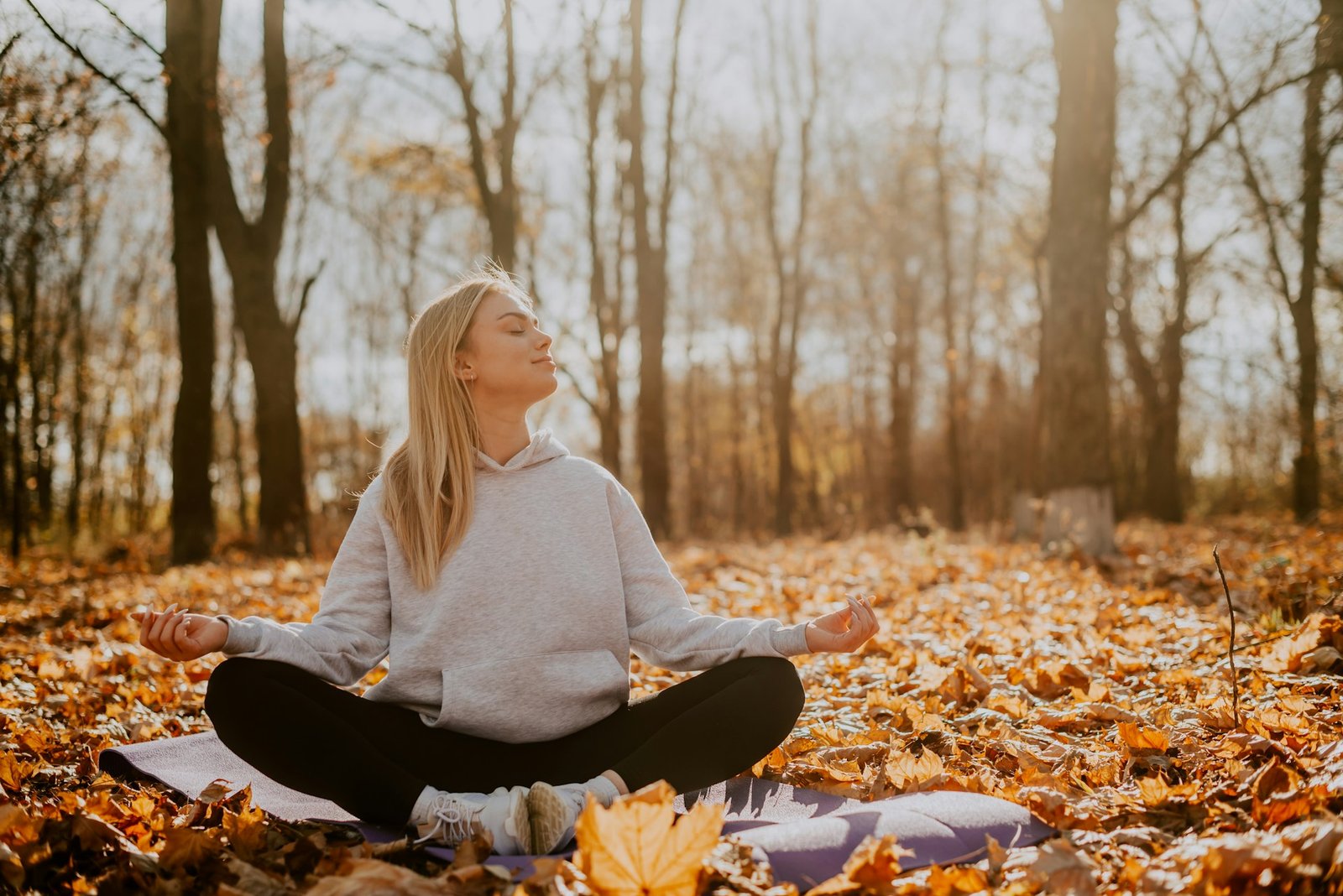In our fast-paced world, many of us find ourselves juggling multiple responsibilities, feeling overwhelmed and stressed. The pressures of daily life can often leave us searching for ways to find peace and calm. That’s where mindfulness comes in. Mindfulness isn’t just a trendy buzzword. It’s a practice that encourages us to live in the moment, appreciating the here and now without getting swept away by worries about the future or regrets about the past.
Imagine being able to get through a hectic day without feeling frazzled. Mindfulness practices can help turn this image into reality. They offer practical tools to manage stress and improve focus, all while boosting emotional well-being. Have you ever felt caught in a whirlwind and wished you could slow down? This is where mindfulness can make a significant difference, providing you with a simple approach to reconnect with what’s important.
Understanding Mindfulness
At its core, mindfulness is about paying full attention to the present moment. It’s like using a spotlight to focus on one thing fully, whether it’s the sound of the rain, the taste of your coffee, or even the sensation of your breath. This practice has its roots in ancient meditation traditions, but it’s been adapted into a modern context to help people cope with everyday stress.
Throughout history, mindfulness has been a key element in practices aimed at achieving a peaceful and centered state of mind. Today, it’s accessible to anyone looking to cultivate more awareness and presence in their life. Engaging in mindfulness can lead to numerous psychological and emotional benefits. It can enhance concentration, promote emotional resilience, and encourage a balanced perspective, making it easier to handle life’s ups and downs.
Here are a few foundational ideas to consider:
– Focus: Mindfulness is all about concentrating on the present.
– Acceptance: It’s about accepting thoughts and feelings without judgment.
– Breathing: Many mindfulness exercises begin with simple breathing awareness.
These principles are approachable for anyone looking to ease their mind in the midst of life’s noise. Practicing mindfulness doesn’t require special equipment or tools, just a bit of your time and attention. Through consistent practice, mindfulness can become a valuable ally in nurturing a more peaceful and intentional approach to daily life.
Simple Mindfulness Practices
Mindfulness is about creating small moments of awareness each day. Integrating these into your routine can be easier than you might think. Whether you’re new to mindfulness or looking to refresh your practice, here are a few exercises to get started:
1. Mindful Breathing: Find a quiet spot to sit comfortably. Close your eyes and focus on your breathing. Take a slow, deep breath in through your nose, hold it briefly, then release it gently. As you breathe, notice the air filling your lungs and the sensation of letting go. Let your thoughts come and go, gently bringing your focus back to the breath each time it wanders. Try this for a few minutes each day.
2. Body Scan: Either lying down or sitting comfortably, close your eyes and bring attention to different areas of your body. Start at your head and slowly work down to your toes. Notice areas of tightness or discomfort and imagine releasing tension with each breath out. This activity builds body awareness and helps you relax, especially before bedtime.
3. Mindful Eating: The next time you eat, take a pause before you begin. Look at the food, smell it, notice the colors and textures. As you chew slowly, notice the flavor and how the food feels in your mouth. Try not to rush through it. This is a chance to turn a meal into a moment of presence.
These practices don’t take much time or effort, just a willingness to notice what’s happening in the moment. Over time, they can make a big difference in how you manage stress and connect with the world around you.
Incorporating Mindfulness into Daily Routines
Mindfulness doesn’t have to be limited to quiet, seated moments. It can be part of your everyday tasks. Bringing awareness to routine activities is a powerful way to build a regular practice.
– Morning Routine: Try starting your day with a few minutes of silence, some light stretching, or deep breathing instead of jumping straight into emails or social media. Set an intention for the day to help anchor your mindset.
– Commute: Whether you’re walking, biking, or driving, take a few breaths as you begin your journey. If you’re walking, feel each footstep and listen to the sounds around you. If driving, notice your hands on the wheel and the rhythm of your breathing. Let these moments ground you.
– Household Chores: Tasks like washing dishes or folding clothes become more meaningful when done with awareness. Focus on the feel of the water, the texture of the fabric, or the motion of your hands. These small shifts in attention add up.
Using reminders can help you stay grounded throughout the day. A gentle chime on your phone or a sticky note on your desk can signal a moment to pause and breathe. These cues help build new habits and bring a sense of calm across your whole day.
Overcoming Common Challenges
Starting something new often comes with a few bumps, and mindfulness is no exception. Whether it’s avoiding distractions or staying consistent, a few common roadblocks pop up for many people.
– Dealing with Distractions: It’s natural for the mind to wander. Instead of getting frustrated, notice the distraction and come back to your breath or the task at hand. Starting with short sessions in a quiet space can make it easier to stay focused.
– Keeping the Practice Going: Life gets busy, and mindfulness might fall to the side. Try linking your mindfulness with habits you already have, like enjoying your morning tea or brushing your teeth. These links help it become second nature.
– Being Patient: Some days it feels easy, other days less so. What matters is showing up with kindness toward yourself. There’s no race or right way to feel. Keep going, and let each moment be what it is.
Each challenge is also a chance to understand yourself better. By noticing what gets in your way, you gain insights that strengthen your practice in the long run.
Creating More Meaningful Moments
Bringing mindfulness into everyday life offers a path back to what really matters. When you practice daily, even in small ways, you begin to notice the shifts. Maybe you’re more patient in traffic, or you smile more during routine tasks. These little changes signal that you’re more connected to the present and less overwhelmed by everything else.
You don’t have to make major changes to see benefits. Starting with a few minutes or choosing just one mindful activity a day is enough. Over time, you might find your practice growing naturally, just like any good habit.
Choosing to be more mindful doesn’t just help you feel better. It can also improve how you relate to others, handle challenges, and make decisions. With time, your life can feel more balanced, with space to breathe even during stressful times.
Let your path into mindfulness be guided by curiosity more than pressure. There’s no perfect way to do it. Just take that first breath, notice where you are, and keep going, one moment at a time.
As you embrace mindfulness for a more balanced life, remember that managing emotions takes time and support. At Mindful Mental and Behavioral Health PLLC, we offer personalized anxiety treatment in Portland to help you build practical coping tools and regain a sense of calm. Combining mindfulness with therapy can make daily life feel more grounded and manageable.




